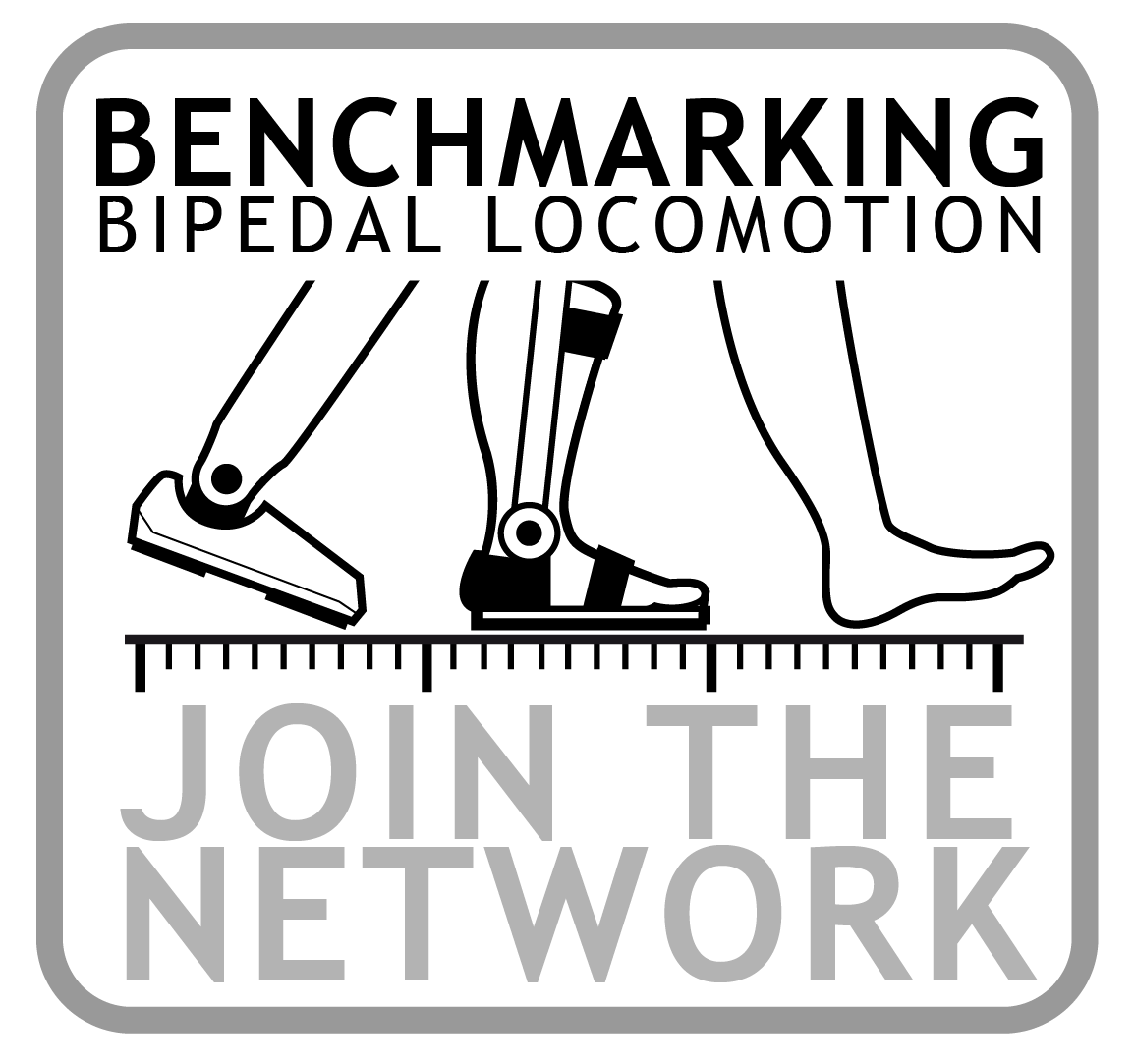 |
2. Developing Robots
The majority of the biologically motivated bipeds are based on the concept of passive walking, which shows lower energy consumption and walking stability comparable to the trajectory controlled robots. To increase stability and versatility, new solutions based on compliant elements and neural-based control have been recently proposed, resulting in a few promising real-life prototypes and several simulated models. The goal of H2R is to put together the human-like control and biomechanical principles currently available in four existing platforms currently hold by partners of the consortium. Three of these platforms are robotic prototypes: i) the ESBiRRo biped, a 9-DoF robot enriched with perturbation rejection strategies; ii) the Veronica biped, a compliant 6-DoF planar robot that permits changes in walking speed and transitions by simply changing joint stiffness; iii) PosturobII, a 2-DoF standing robot controlled by human-like sensorimotor and predictive mechanisms, showing very stable performance during unexpected perturbations These three prototypes will be integrated into a behavior-based hierarchical architecture, namely the iB2C approach, successfully applied to a 21 DoF simulated biped. Taken as a whole, the four platforms described above cover most of the State-of-the-Art spectrum of biologically motivated control of bipedal locomotion and posture. Nevertheless, none of these solutions, as taken separately, represents a real-life comprehensive integration of the identified key features of human walking. The process of integration proposed here is expected to result in an improved robot in terms of: (1) more efficient and versatile locomotion, due to the compliant mechanisms inherited by the Veronica biped, (2) more stable balancing during walking and standing, as a result of the sensorimotor mechanisms proved in PosturobII, (3) better ability to anticipate self-generated and external perturbances by means of predictive strategies, inherited by PosturobII. The final version of the robot will be built around the ESBiRRo platform, whose structure and dimensions are suitable for mechanical integration of new structures and actuating mechanisms. |








